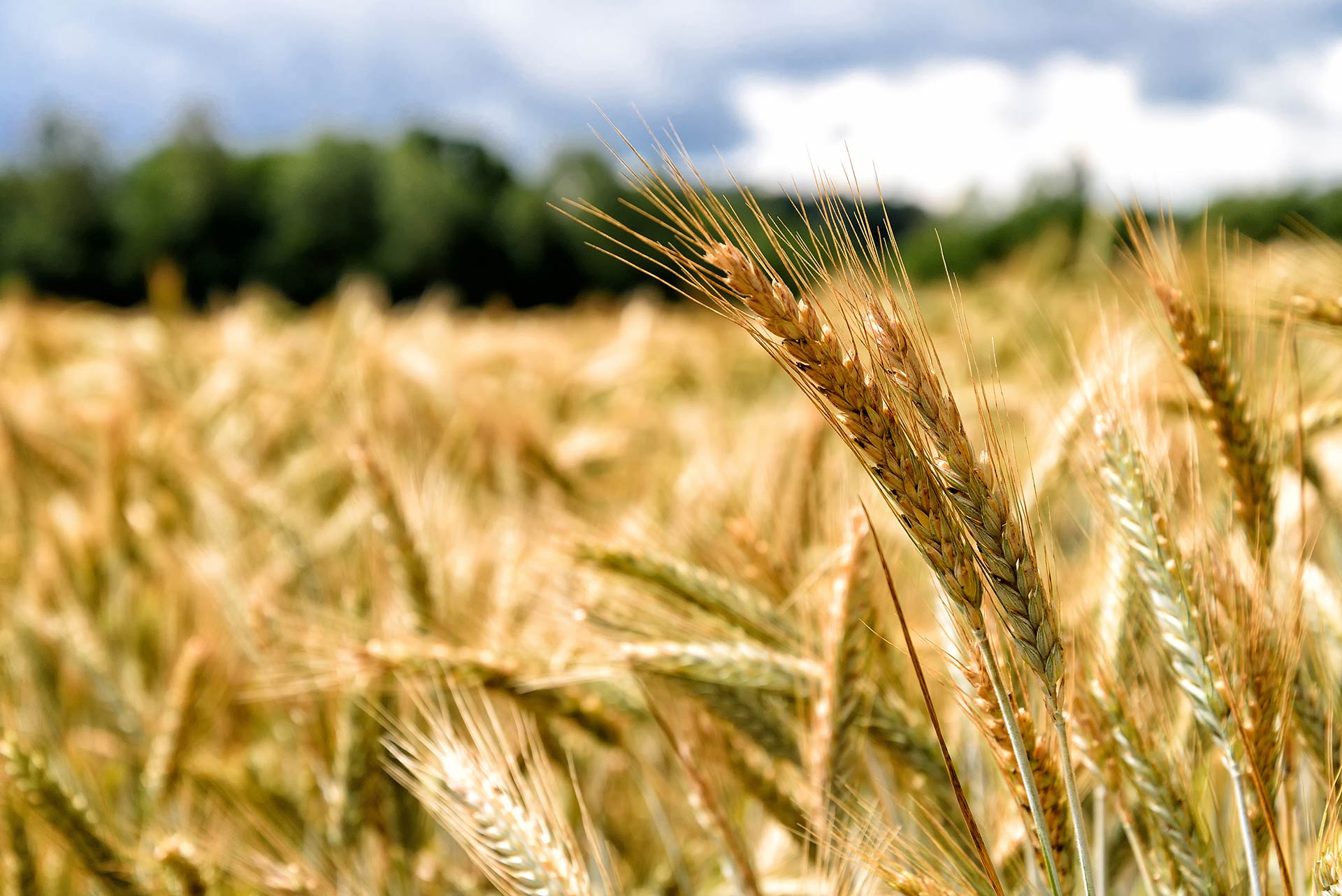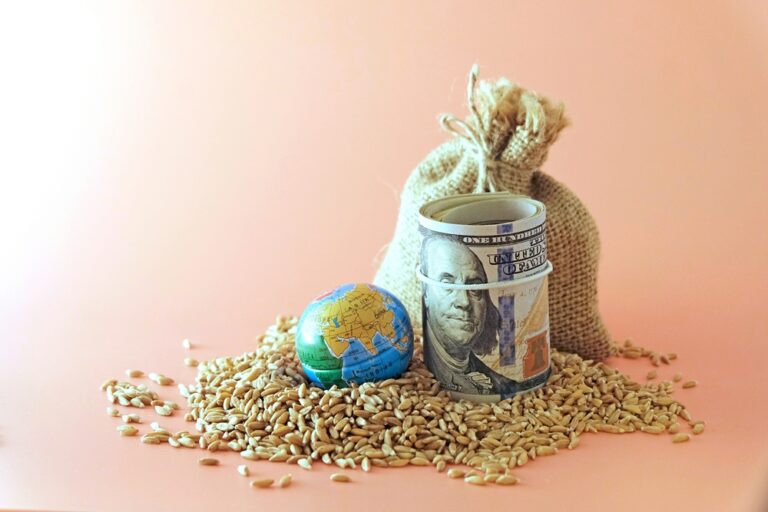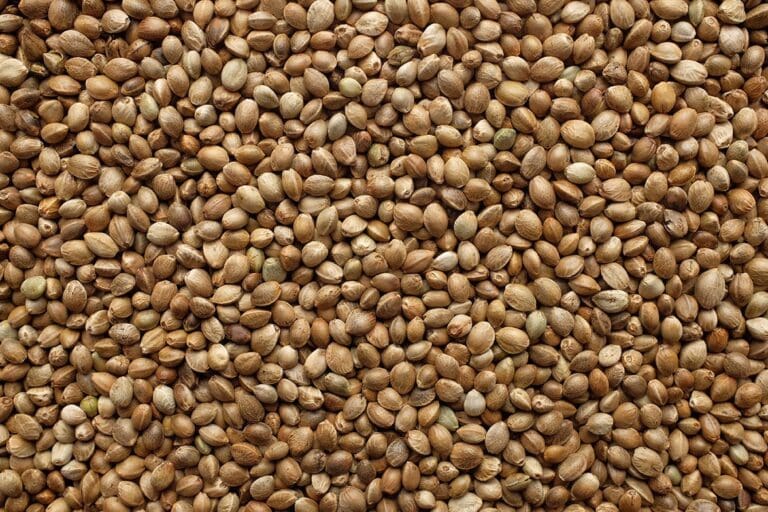Expana learned from sources that Russia’s spring wheat area could decline by up to 4% year-on-year in the 2025/2026 season. The current estimate places total planted area at 11.8 million hectares, which could mark the smallest area in over a decade. Some sources suggest the decline may be even greater, exceeding 1 million hectares. As of June 11, market sources reported that 11.1 million hectares had been sown with spring wheat. Sources said that planting usually concludes around this time but has been delayed due to rainfall disruptions.
The reduction in spring wheat area is expected to be most pronounced in eastern regions such as Siberia and the Urals, which are expected to lose around 700,000 hectares and 300,000 hectares respectively, potentially amounting to a combined loss of 1 million hectares in the 2025/2026 marketing year.
Market players believe the shift in planting has been driven by farmers placing greater focus on oilseeds and pulses, particularly rapeseed and sunflower. This trend is being supported by growing demand from China amid a shift in trading partners, and the logistical challenges posed by the regions’ remoteness from major ports. The area sown with winter wheat in these regions has also declined, with sources estimating a reduction of up to 6.8%, bringing the total to 15.1 million hectares.
Despite the reduction in spring wheat area, market participants remain broadly optimistic about the 2025/2026 harvest. Sources estimate total Russian wheat production at 82.8 million mt, with higher-end projections capping 90 million mt. The USDA currently forecasts 83 million mt, marking a year-on-year upward revision of 1.4 million mt. However, sources note that 2025/2026 production is still expected to fall short of the levels seen in the 2023 season.
Market players believe that risks still persist for the 2025/2026 harvest, with concerns focused on ongoing moisture deficits in the southern regions of the country and the Volga region, where yields could decline by as much as 10-15%. Sources told Expana that both frost and drought have pushed several areas in the Krasnodar and Rostov regions into a state of emergency.
In addition, sources expect Russia’s supply of higher-quality wheat (14-15% protein) to decline in the 2025/2026 season due to the observed planting shifts, as this grade typically comes from the spring sowing window rather than the winter. Market participants suggest that high-quality hard red spring wheat from the United States and Canada could fill this gap in key Asian and north African markets.
Image source: Shutterstock
Written by Ben Barritt



